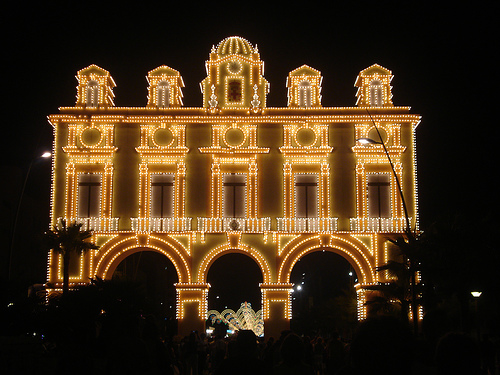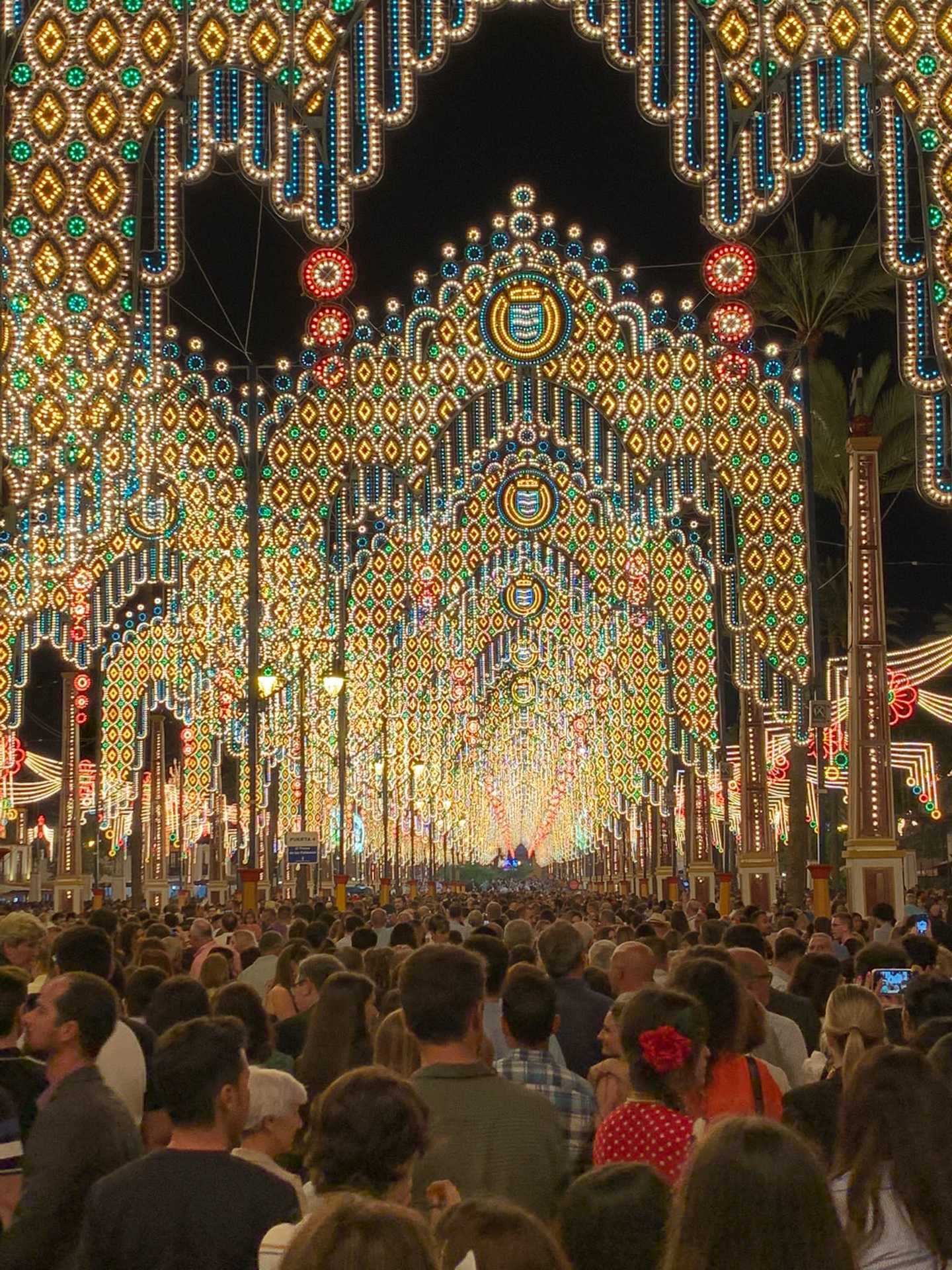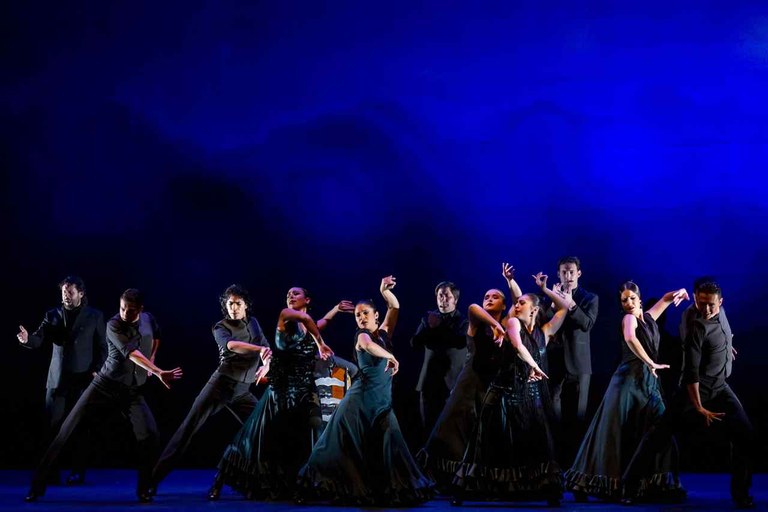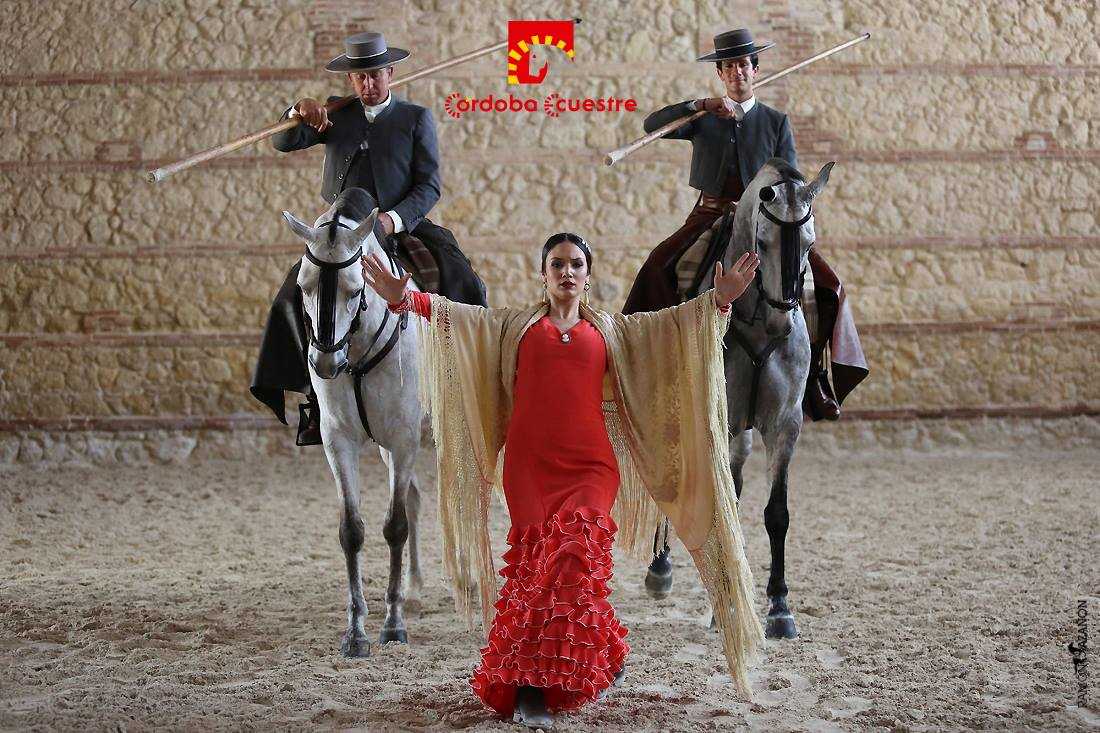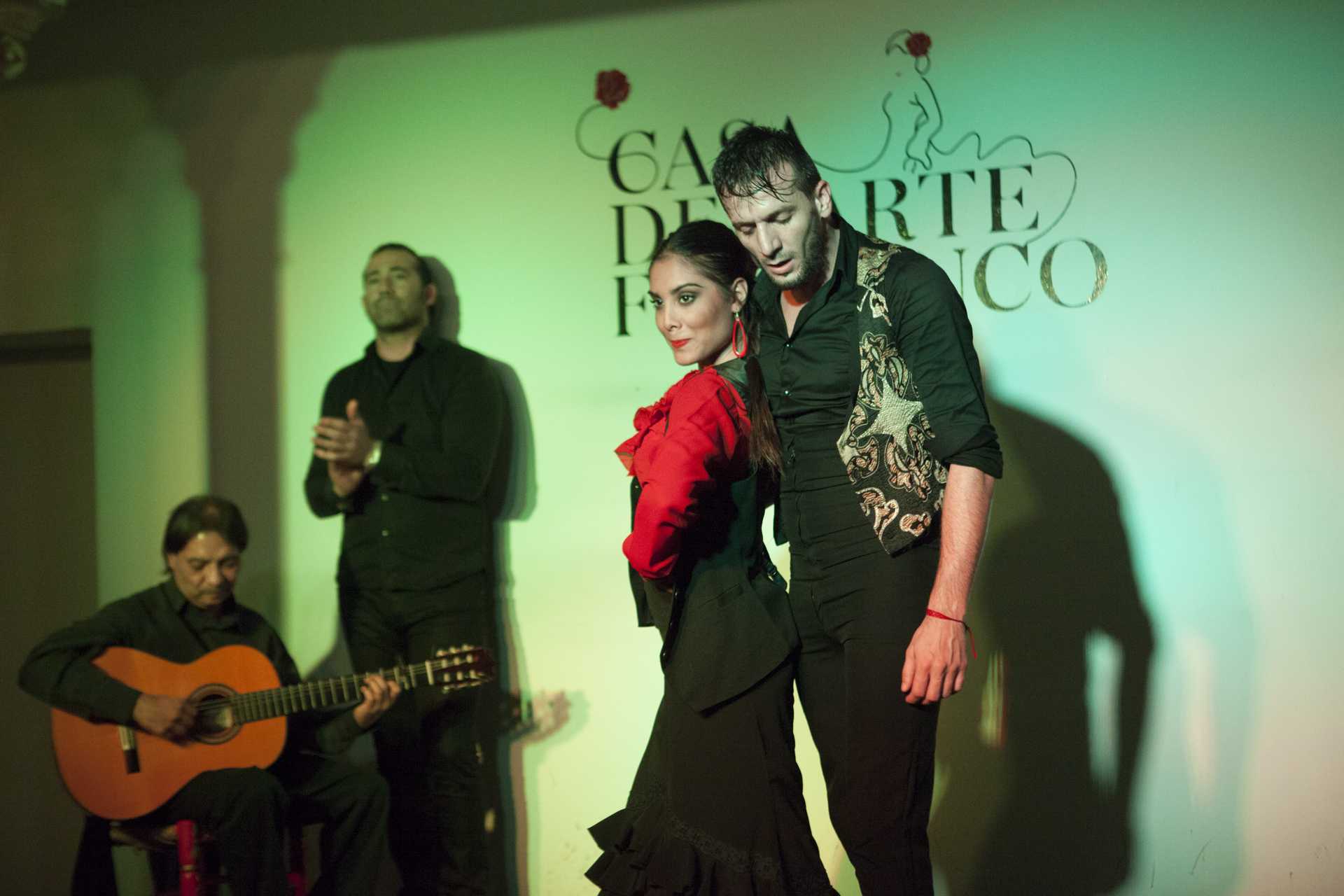
Flamenco in Madrid. The 'Copa Pavón'. The second 'Llave de oro del Cante' award
The success with which the public received flamenco, converted the capital Madrid, into a centre of singers from the beginning of the XX century. The majority of well known artists decided to settle in 'La Corte' to give meaning to their artistic careers and shows began to proliferate in theatres. Taking advantage of the first competition in 22 in Granada, the manager of the Pavón Theatre in Madrid, located in Calle Embajadores, decided to create the so called 'Copa Pavón', an award that served to increase the prestige of the prized singer. The final was celebrated on the 24th of August 1925 and the participants were Niño Escacena, Pepe Marchena, El Cojo de Málaga, El Mochuelo and Manuel Vallejo who ended up the indisputable winner of the event.
However one year later things changed. The winner was Manuel Centeno, who performed some magnificent 'saetas', although everyone felt in their hearts that the prize should have fallen once more on Vallejo, for which reason Antonio Chacón himself decided, in compensation, to give the maestro from Sevilla the 'Segunda llave de Oro del Cante' (second gold key of song), who received the gift, founded by el Nitri, from the hands of Manuel Torre.
All this paraphernalia, repeated on numerous occasions in different parts of Spain, although without as many repercussions, generated what afterwards was given the name of 'Opera Flamenca' (flamenco opera), without doubt the most polemic era of the genre.
Flamenco Opera
In the 20's the billboards announced the shows that began to be hallmarked with the controversial label of 'opera flamenca'. The term has not been fully accepted by many experts, because according to them in this era flamenco styles where adulterated, since the majority of singers left such fundamental styles aside as the 'soleá', seguiriya, 'toná', 'tango ' or the 'bulería' to dedicate themselves fully to the 'fandango', the 'ida y vuelta' style and the 'cuplés'.
Of course in these years a lot of 'fandanguilleros' arose but we can not forget that from this 'boom' figures were born such as Juan Valderrama - knowledgeable in all styles -,Pepe Marchena - despite not being liked in some sectors recorded all the styles -, Caracol -idem of the same - or, last but not least, Pastora Pavón Cruz, creator of a school which is still venerated, and other artists such as Porrina de Badajoz, Angelillo and José Cepero.
In reality the title of opera didn't respond to anything more than the necessity to attract public to theatres and the singers only satisfied the demands of the respectable, who preferred the sentence of a 'fandango' to the 'jondura' of a 'seguiriya'. In reality the invention of the title "Ópera flamenca" is owed to the most important business man of that era, Mr. Vedrines who along with his brother in law Alberto Montserrat took advantage of a tax regulation in 1926. According to the cited regulation, public, variety shows and the 'cafés cantantes', had to pay 10% whilst instrumental concerts and operas only were subject to 3%. This difference of 7% led Mr. Vedrines to call these shows, 'opera flamenco' (flamenco operas), an intelligent commercial trick that opened big spaces to flamenco: the bull rings were at there peak. In dance, figures the size of Antonia Mercé la Argentina, Pastora Imperio, Vicente Escudero, and Encarnación López la Argentinita arose, a generation which was followed by another composed of Pilar López, Carmen Amaya and Antonio.
Last of all, song saw the progress of artists such as Aurelio Sellés, Pericón, La Perla de Cádiz, El Flecha, Macandé and Manolo Vargas from Cádiz or Terremoto, El Sordera, María Soleá and La Paquera from Jerez.
Events calendar


